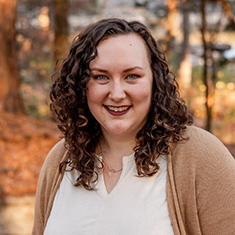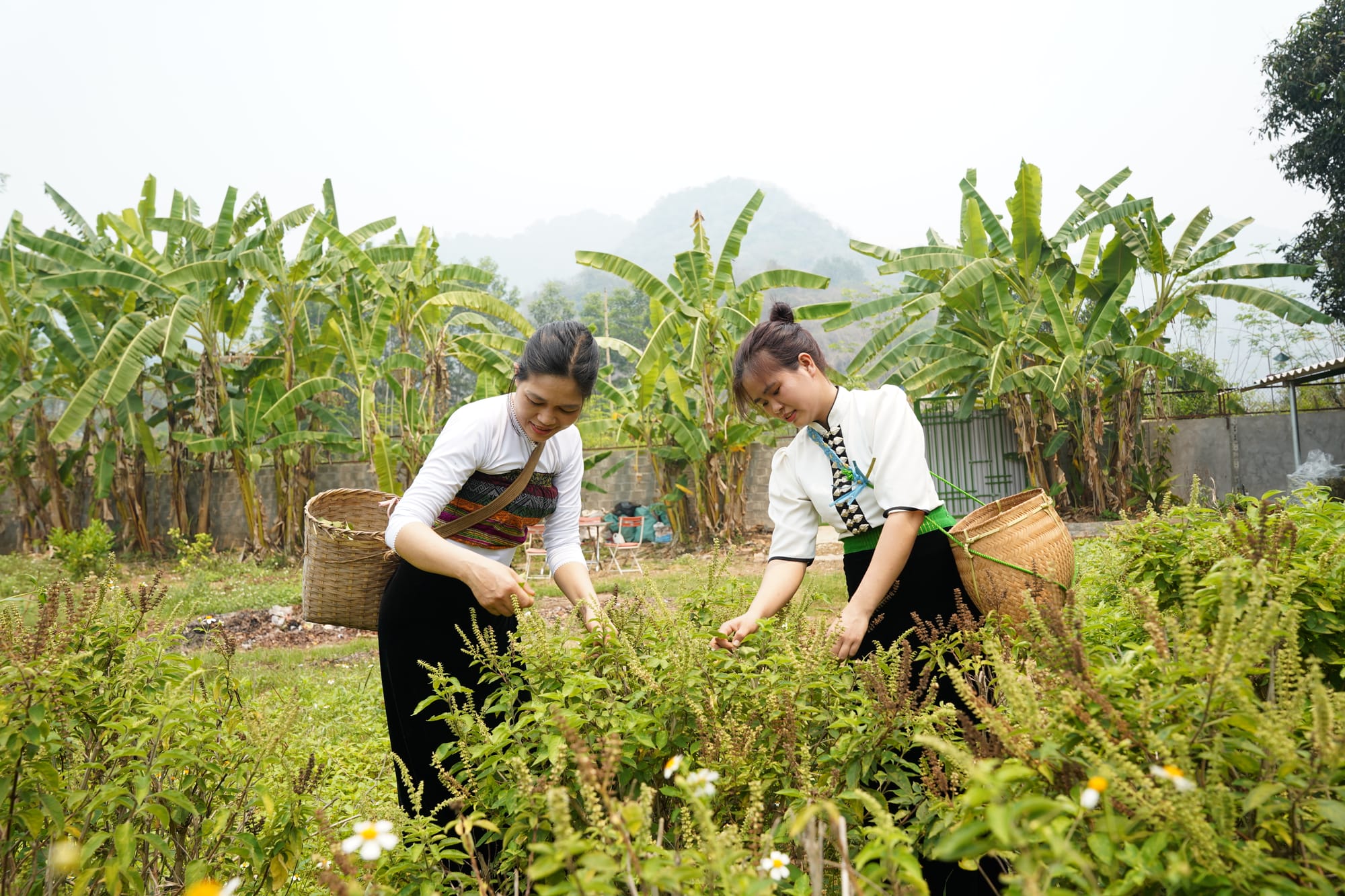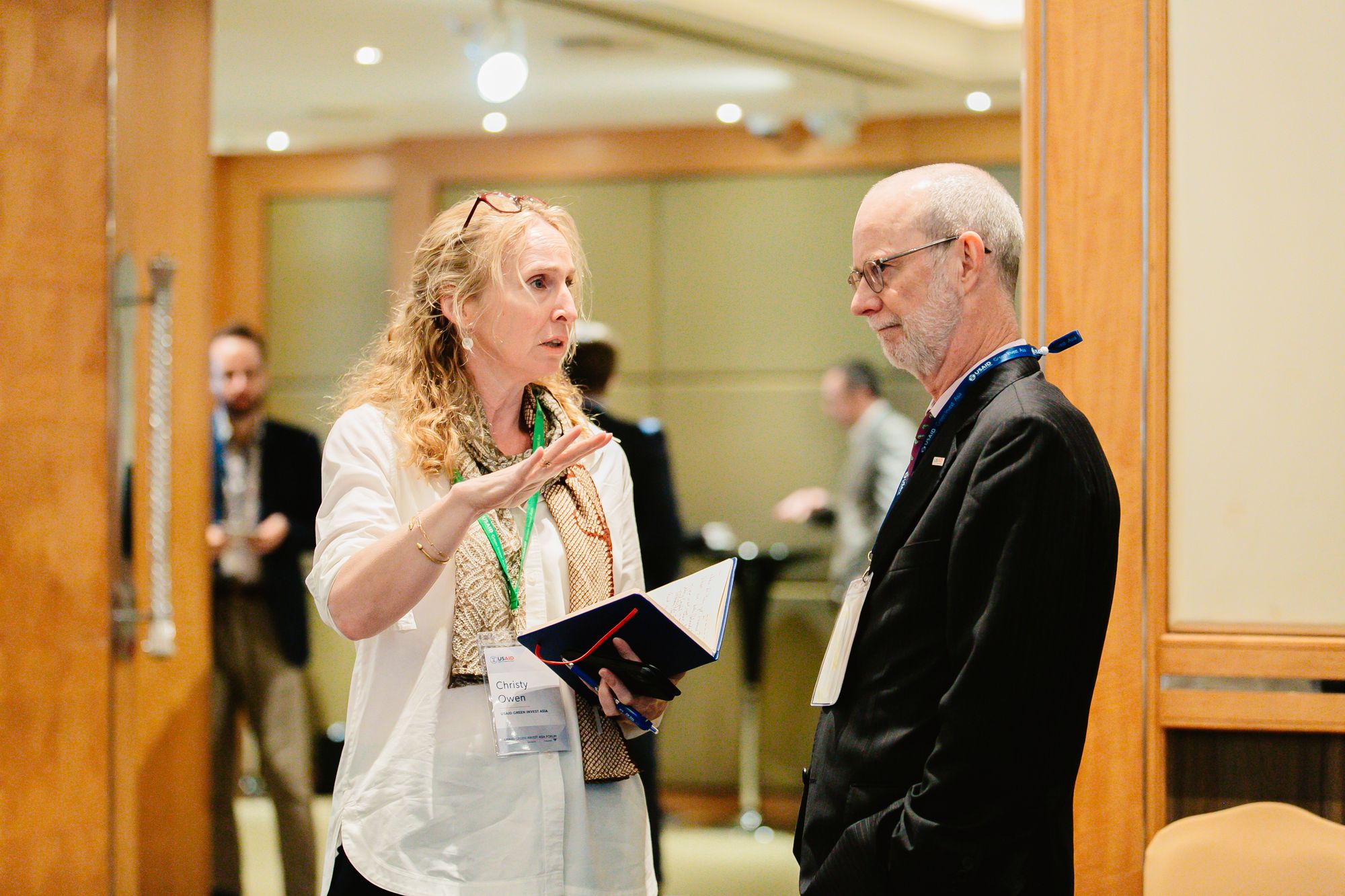In rural Ethiopia, land represents dignity and identity. More concretely, holding a certified land title means better prospects for economic independence, stable income, and bargaining power. When it comes to receiving legal recognition as landholders, women and members of other vulnerable, systemically disenfranchised groups have the most to gain.
However, women and the vulnerable are also the most likely to slip through the cracks of land certification programs. They risk becoming targets for fraud, discrimination, deception—even violence—in the process of claiming their land rights.
In our work implementing a U.K. Department for International Development land certification project in Ethiopia—Land Investment for Transformation (LIFT)—our goal is to improve land tenure security for farmers, with a special focus on women.
Nearly 90 percent of the 9 million land certificates LIFT has issued in Ethiopia now include women as joint landholders. Women and girls are more frequently inheriting land titles and more women in polygamous households now have recognized land rights. And women and marginalized individuals are increasingly bringing land dispute cases to local officials, the police, and the courts, demonstrating their sense of agency and desire to seek justice.
LIFT’s process is detailed and thorough, with specific steps to ensure public awareness, correct land demarcation, and dispute resolution. Even so, women and vulnerable groups can face land rights violations.
.jpg)
A female farmer refers to spatial land boundary data in Emba Alaje, Tigray.
To better understand the scope for, causes of, and solutions to land-related violence and social inclusion challenges, LIFT commissioned two studies across four regions of Ethiopia. Our gender specialists sought out land claim disputes that involved women, the elderly, orphaned children, heads of destitute households, and individuals facing other challenges such as addiction or disability.
Case Studies: Land Rights Violations
The LIFT team heard from women like Bereha, a 50-year-old head of household in the state of Tigray. “I have no one to protect me,” said Bereha. In 2012, she agreed to swap land with her sister’s son, who lived on the neighboring plot. While he immediately took over her land, he refused to give Bereha his parcel in return. For five years, Bereha has been pursuing a complaint to get her land back. But in the meantime, she is landless—her nephew continues to use her land and has even resorted to violence against her.
Another case, in the Southern Nations, Nationalities, and Peoples’ Region (SNNPR), involved inheritance. After his first wife gave birth only to female children, a man took a second wife, who had a son. While his first wife had been registered as a joint holder of their land, after she died the man wanted all his land to go to his son, leaving his daughters from the first marriage in a precarious situation. Worse, community elders agreed that the son deserved rights to the land, “as it is expected that [he] will pass the land on to sons upon marriage.”
Ethiopian women face a wide range of obstacles in protecting their land rights:
Cultural norms and perceptions: Tradition in most regions regards men as farmers and women as homemakers who do not “need” as much land as men. Land rights are typically only inherited by sons. Women can lose their land rights upon marriage, divorce, or widowhood.
Lack of literacy and legal knowledge: Women are heavily disadvantaged by illiteracy and low awareness of land law. Legal terms are difficult to understand and the procedures for filing a case to resolve a land dispute are complex. Many women are unaware of the implications of failing to pursue their holding rights and perceive following land cases as unnecessary.
Access to information: By custom, women tend not to attend public meetings. When they do attend, it is considered more appropriate for men to do the talking. In multilingual communities, women commonly speak only their ethnic group’s language and struggle to participate without translation. Orphans and the disabled rely on caregivers for information presented at meetings, who often fail to relay it correctly to them.
Access to services: Although resources to assist in land registration are free, accessing them often involves traveling long distances—a substantial outlay of time and money that presents a major burden for women and vulnerable groups with few financial resources. Unpaid household responsibilities such as childcare limit women’s flexibility to attend meetings or seek out assistance.
Power dynamics: Unequal power relations make vulnerable groups easy targets of land rights violations. Long-term tenants with means or connections may be able to claim land owned by vulnerable smallholders, encroach on their land, illegally occupy their land, or deny them of their inheritance. Some rightful landholders may not have the social or economic resources to confront violators, and therefore give up their claims.
These barriers to inclusion are present at every stage of the land certification process:
A New Position: Social Development Officer
To be clear, the issues discussed above represent a relatively small number of land certification cases in the LIFT program. A record number of women and vulnerable groups have successfully received titles to their land. Nevertheless, ensuring inclusive and comprehensive access to land certification demands action.
LIFT responded to the studies by establishing Social Development Officer (SDO) positions responsible for ensuring that women and vulnerable groups fully participate in land certification and that their rights are protected. SDOs coordinate and gain support from local leadership, expand public awareness interventions, and provide targeted assistance to vulnerable groups, at every stage of the process.
1. Stakeholder Engagement: Before the certification process begins, SDOs now organize sensitization training for field teams and local leaders to help them understand the unique needs of vulnerable groups.
2. Public Awareness: SDOs hold smaller public awareness meetings and focus groups to ensure information reaches women, who may feel more comfortable speaking in informal or separate women’s meetings.
3. Vulnerable Group Mapping: With community and administrative leaders, SDOs map vulnerable groups to identify individuals with land rights issues who require assistance.
4. Field Team Briefing: Field teams receive data on the locations of vulnerable groups who will need special attention during demarcation and the public display.
5. Adjudication: Field teams report any disputes that they cannot resolve to SDOs, who follow up with officials.
6. Public Display: The program now requires wives to attend public display events with their husbands before their certifications are printed.
7. Certificate Collection: LIFT now requires that both husbands’ and wives’ names be called, so that wives know exactly which land certificates apply to them.
Since the SDO position was piloted and scaled in May 2018, 1,004 land parcels have been returned to 618 women and vulnerable groups in 24 districts. Disputes have decreased to less than one percent of parcels. Almost 90 percent of land certificates include women.
Lessons Learned
A major lesson: the value of tailoring communications to the needs of specific vulnerable groups. While LIFT has always targeted these groups, its outreach materials didn’t differentiate adequately between them. Land violations and communications breakdowns varied greatly across audiences and regions—and public awareness strategies could better reflect this.
Land certification programs can also take steps to ensure that all eligible landholders take part in the entire certification process. For example, to ensure women can participate, activities should be flexibly scheduled. LIFT’s research found that 64 percent of women who did not participate in the land demarcation stage said it was because of conflicting household responsibilities or the demands of pregnancy.
Projects can also encourage the community to advocate for women and the vulnerable. Sixty-five percent of women in male-headed households who participated in certificate collection did so because of their husbands’ encouragement. Getting men on board with registering women—in part by emphasizing the disadvantages unregistered women face in the event of death or divorce—is vital to increasing female participation.
Finally, on a systemic level, countries can take steps to support justice and accountability. While the Ethiopian legal system has the primary responsibility for safeguarding land rights, women and vulnerable groups are exposed to violations of land rights and to violence because laws are not properly enforced. Local government administrators, justice offices, and the courts must be involved in improving enforcement. They can, for example, assign local public prosecutors to ensure accessible justice for women and vulnerable groups. Land projects can establish stronger links with civil society organizations that promote good governance.
LIFT has reached huge milestones in expanding access to land rights in Ethiopia. Ensuring that almost all land certificates include women is a major achievement. But successful land certification programs must continue to confirm that they don’t only benefit those who already hold power. With LIFT, we are using our research findings to protect and expand the power of those who frequently lack it. Our studies on gender and social inclusion will allow the government and stakeholders to make evidence-based decisions on future land projects.
Andy Smith is a Program Manager at DAI and oversees the LIFT project. Workwoha Mekonen is a gender specialist and sociologist who serves as the LIFT Gender, Equality, and Social Inclusion Adviser. Matthew Woodhouse, also of DAI, is LIFT’s Strategic Communications Adviser.




